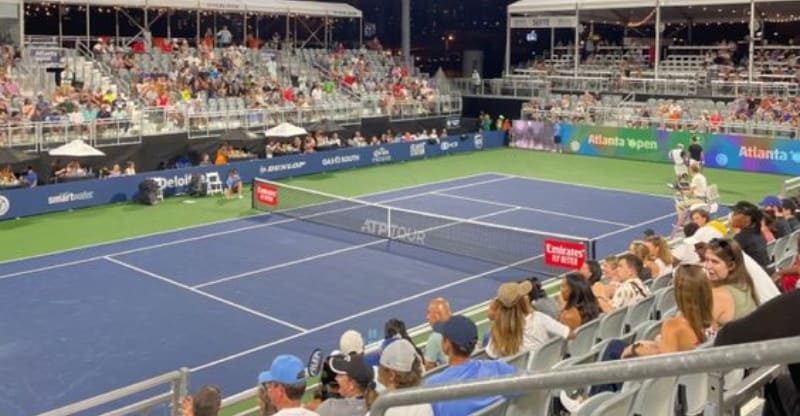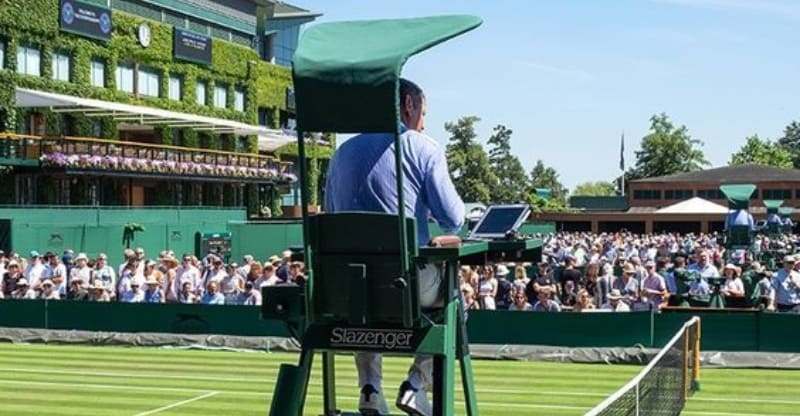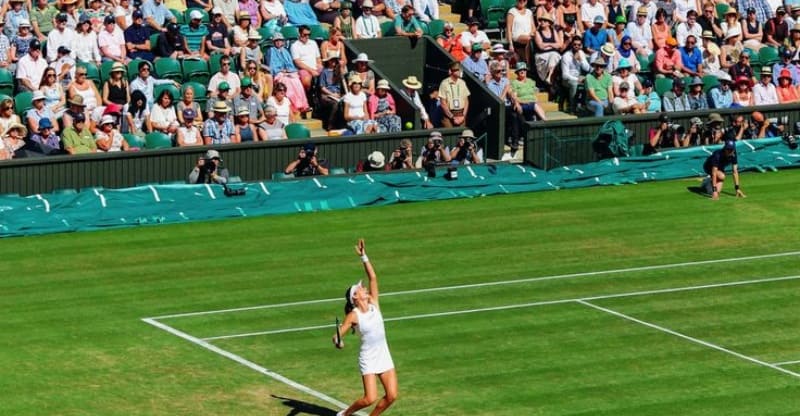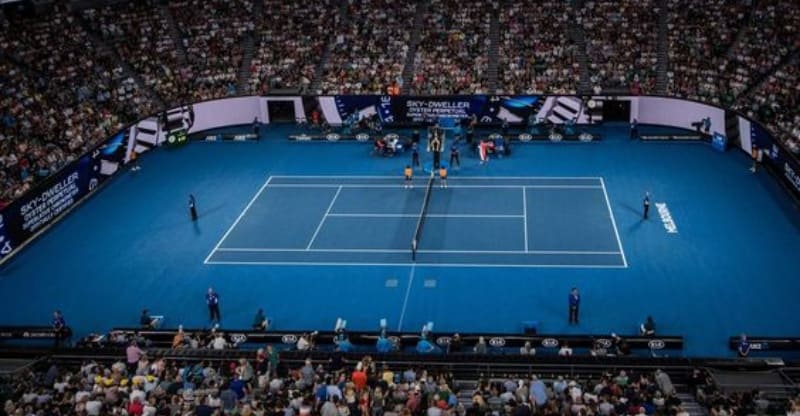How Long Are Tennis Matches? & The Longest Matches of All Time
Fun fact: Unlike other popular sports such as soccer, basketball, and hockey, tennis has no predetermined match time.
If you’re like me and other fans, you love how this unexpected duration makes the match more exciting! Tournament organizers and TV schedulers might not like this unpredictable duration as much, though.
So, how long are tennis matches on average? And what influences their length? That’s what I’ll answer in this post. Prepare your racket; let’s get started!
How Long Do Tennis Matches Last, on Average?
To get an idea of the duration of tennis matches, let’s start by taking a look at the average length of the two most common match formats:
- A “best of three” match is approximately 1 hour and 30 minutes.
- A “best of five” match is about 2 hours and 45 minutes.
Note: The exact duration of either match varies hugely depending on many factors. I’ll be covering the most important ones in the next section.
The Six Most Influential Factors Affecting the Length of a Tennis Match
Six factors play a vital role in determining the duration of a tennis match.
They include the match format, court surface, tiebreak rule, and the opponents. The weather conditions and the presence of an “advantage set” are also key contributors to the duration.
With that, let’s dig deeper into each of these factors.

Image source: Pinterest
1. Match Format
As I noted above, the “best of five” matches on average last longer than the “best of three” ones—but in which competitions are each of these match formats typically played?
In the Grand Slam Tournaments, for instance, “best of five” matches are the default format for men’s single competitions. Aside from that particular tournament, most tennis competitions play in a “best of three” format.
Three-set matches are also the default for doubles and women’s singles. Still, there’s an exception. At Wimbledon, men’s doubles are played in a “best of five” format.
2. Court Surface
Believe it or not, the tennis court surface plays a remarkable role in determining the duration of the tennis match.
Clay surfaces, for example, are known to slow the ball down. It makes rallies considerably longer and extends the match’s overall length.
Another example is clay-based courts. They’re prevalent in France, where the French Open tournament takes place. They’re also widespread in Spain.
Grass, on the other hand, is known as a fast surface, shortening rallies remarkably and reducing the overall match duration. Grass surfaces are popular in England, where the Wimbledon Championship is held.
Finally, hard courts are in the middle of the road surface. They offer a playing speed faster than clay but slower than grass. These surfaces are used on the Australian Open and US Open courts.
3. “Ad” vs. “No-Ad”
When players in a tennis game have 40 points each, the one who achieves two additional points wins. This is known as the advantage rule – “Ad” for abbreviation.
In some tennis matches, this rule isn’t applicable. Instead, when the two players have 40 points (deuce), the first player who scores the next point wins the game.
As you’d expect, when a player must score two consecutive points to win, this can lengthen the game considerably. As such, a match without an advantage rule will often be shorter than one with it.

Image source: Pinterest
4. Tiebreak Rule
A tiebreak is a tennis rule used in multiple tournaments to quickly determine the winner of the set when the players are tied. It’s all there in the name!
This rule is activated once both players win a predetermined number of games, usually 6 each, in a set. When players enter a tiebreaker, they switch turns serving.
Here’s how:
The first player serves once, and then the second serves twice. After that, each player will serve for two points until the end of the set. The first player to achieve seven points and be ahead with two points wins the set.
Interesting fact: Tiebreakers were introduced in tennis to prevent matches from lasting too long.
5. How Competitive the Match Is
The proficiency level of opponents competing in a tennis match is vital in determining the overall match length.
If one of the two players is considerably more skillful than the other, the match will end quickly. Alternatively, if the players are close in their skill level, the match will probably last much longer.
6. Weather Conditions
Unexpected weather conditions can extend the duration of tennis matches. In the case of moderate to heavy winds, for example, players will make many more errors than in calm conditions.
As such, they’ll tend to play at a slower pace. The rally length will then increase, and so will the overall duration of the match.
What Are the Shortest and Longest Tennis Matches in History?
In addition to the average lengths outlined above, some tennis matches have taken things to the extreme! In this section, I’ll introduce you to the shortest and longest matches in the history of the game.

Image source: Pinterest
The Longest and Shortest “Best-of-Three” Matches
The following are the shortest and longest three-set matches in the history of tennis:
| Length | Opponents & Event | |
| The longest match | 6 hours and 31 minutes | Jean Hepner vs. Vicki Nelson in 1984 |
| The shortest match | 18 minutes | J.Sandiford vs Jack Harper in the 1946 Surrey Open Hard Court Championship |
The Longest and Shortest “Best-of-Five” Matches
Here are the shortest and longest five-set matches in tennis:
| Length | Opponents & Event | |
| The longest match | 11 hours and 5 minutes (continued over 3 days) | Nicolas Mahut vs. John Isner in Wimbledon 2010 |
| The shortest match | 32 minutes | Natasha Zvereva vs Steffi Graf in the 1988 French Open final |
The Takeaway: How Long Does a Tennis Match Last?
The average three-set tennis match lasts around one and a half hours. On the other hand, five-set matches have an average duration of approximately 2 hours and 45 minutes.
These variations in length are attributed to the opponents’ proficiency level, court surface, match format, and weather conditions. The presence of an advantage and tiebreak rules can also be influential.
I hope you’ve enjoyed this post! If so, feel free to share it with a friend who’s interested in learning more about the duration of tennis matches.




